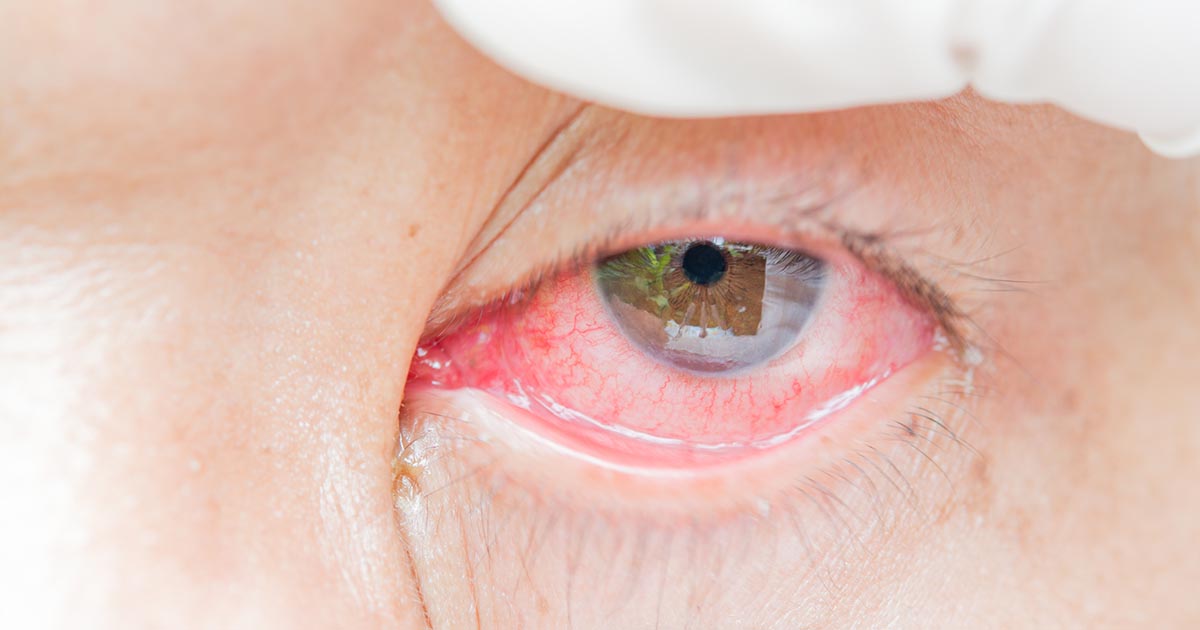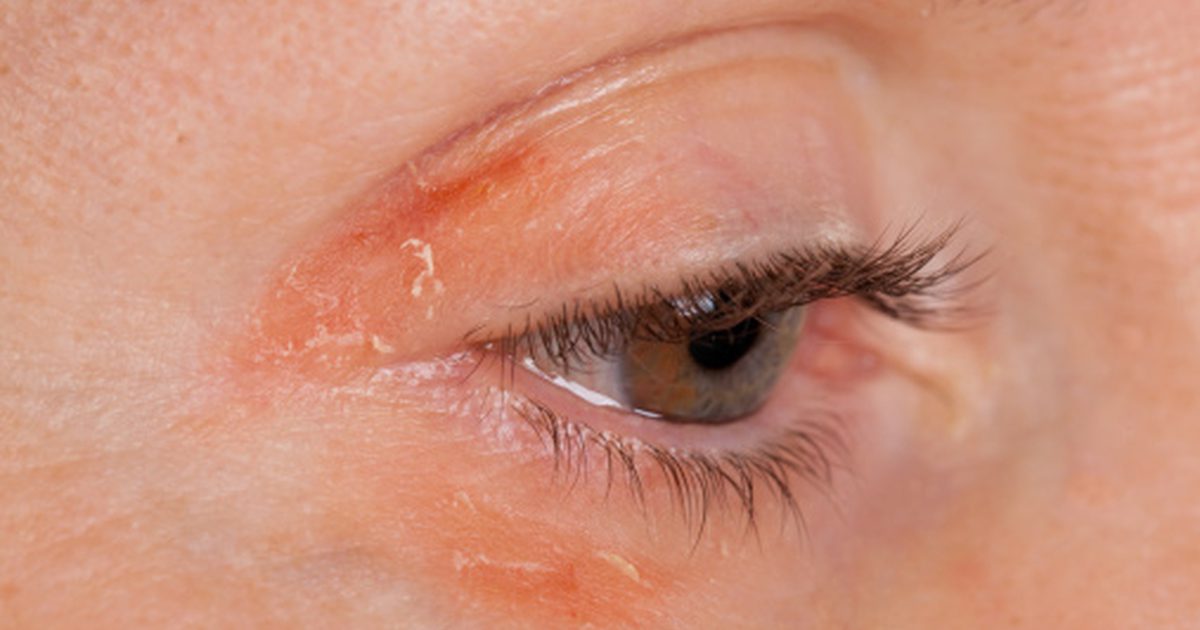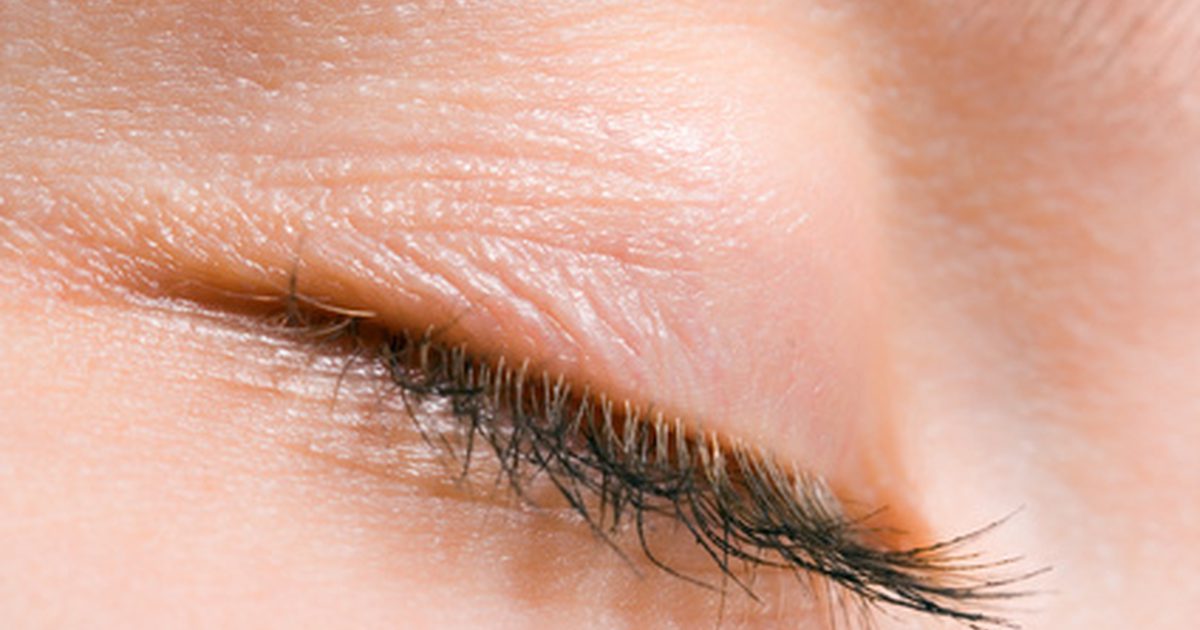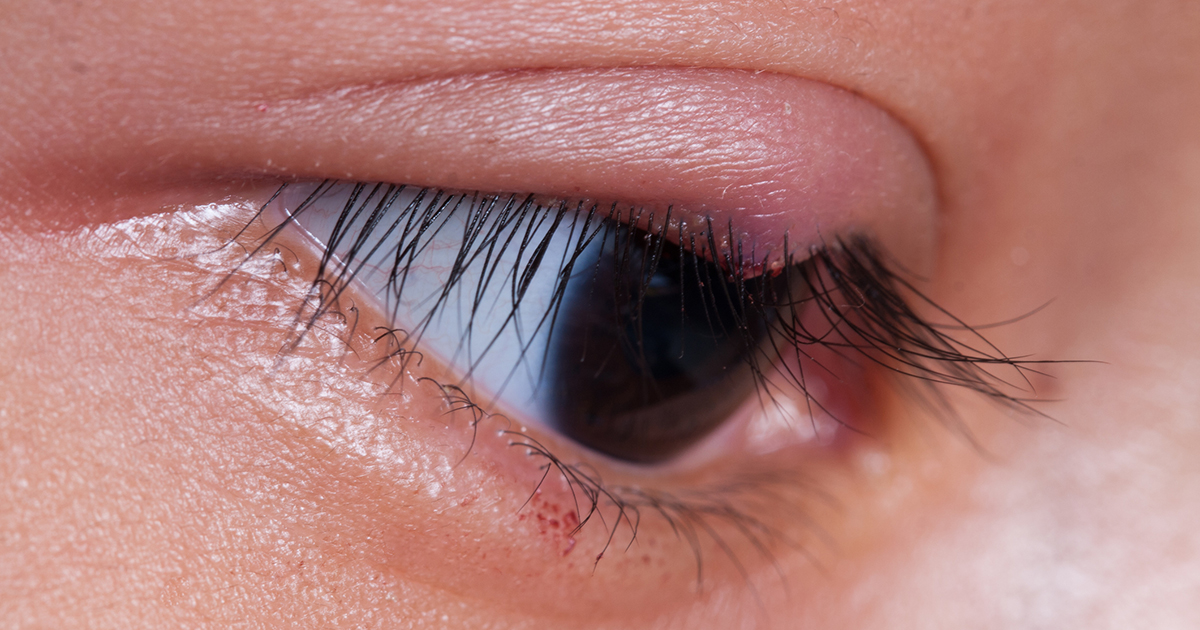Symptoms Of Blepharitis
Blepharitis is a common and recurring infection around the eyes. This irritating condition is characterized by flaky skin, redness, swelling, and itching. One of the most frustrating things about blepharitis is the fact it tends to be a recurring a condition. As a secondary problem, it can also cause recurring bouts of conjunctivitis, commonly known as pink eye.The condition is caused by a clogging of the tiny oil glands at the base of your eyelashes. These tiny glands play a key role in the healthy function of the eye. There is no clear scientific consensus on the causes of this clogging, though several working theories have been proposed. Some say the condition is due to bacterial infection, and some say dandruff from the scalp causes it. Others say allergies or even mites are to blame. In any case, those afflicted with this condition are mostly concerned with solutions rather than with explanations. Get to know blepharitis symptoms now.
Inflammation Of The Eye

The most common early sign of blepharitis is a severe inflammation of the eye area accompanied by watery and red eyes, itchy eyelids, and burning or stinging in eyes. If you have ever had one of those days in which your eye just wouldn't stop feeling itchy and irritated, this may well have been the cause. This set of symptoms is the result of dry skin around the eye. These glands at the base of the eyelids are called Meibomian glands and were discovered by Heinrich Meibom in 1666.
The meibomian glands do not just affect the skin around the eyes. They also affect the functioning of the eyes themselves by providing the lipid layer for the tear film that covers the human eye. Thus, anything that affects these glands will also affect the outer layer of the eye.
Reveal the next sign of blepharitis now.
Inflammation Of The Structures Around The Eye

The next most common symptom of blepharitis is dry, flaky skin around the eyes. When the oil glands in your eye socket fail to lubricate this area properly, it quickly succumbs to drying and peeling because of the frequent activity of these muscles. To make matters worse, those little flakes of skin tend to end up in your eyelashes or eye sockets, which can result in a very unpleasant situation. You will wake up with crusted eyelashes, and in the process of trying to clean them, you are likely to get some of the debris into your eye socket where it will irritate you terribly until removed. You may even feel your eyelids trying to stick together when you close them and open them.
Continue reading to learn more about blepharitis signs now.
Eyelash Problems

As we have already explained, blepharitis affects the eyelashes and the area around them. Therefore, it is not surprising it can cause some problems with the eyelashes themselves. Worse, blepharitis can cause eyelashes to grow improperly and become a hindrance rather than a help. Crusted eyelashes are also more likely to fall out.
This is referring to a condition called trichiasis, the technical term for a condition in which the eyelashes grow inward. Usually, the function of the eyelashes are to help keep debris and dirt out of the eye, but when the eyelashes grow inward, they are a constant irritation. As you rub and pick at your eyes, screaming at the sky because you can't even go about your day, eyelashes will tend to come loose and be lodged in the eye socket, creating even more irritation.
Continue to reveal other symptoms of blepharitis now.
Other Symptoms

Aside from the most common symptoms, there are some less-frequent but more-serious symptoms that can result from blepharitis. One of those symptoms is the development of a sty or chalazion. When the Meibomian glands become clogged with skin debris or anything else, a bacterial infection can result. When the clog becomes infected, it will get larger and larger until removed. This will result in the formation of a sty (outside the eye) or a chalazion (inside the eye).
If you happen to spend a lot of time in or near the ocean, you are at a higher risk for blepharitis. This is because the ocean is full of salt, and salt can clog small pore openings such as those around the eye. One frequent result of this is a condition called Pterygium aka 'surfer's eye.' It manifests as a pink, fleshy growth on the side of the eye that begins as an irritation but ends up as a serious risk.
Perhaps the most serious risk associated with blepharitis is that of corneal infection. If this problem is left untreated for too long, it can develop into a severe ulcer of the eye. At this point, you now have a serious risk of permanent injury rather than a mere irritation. A corneal ulcer can leave scars on the cornea that never fully heal, scarring your vision permanently. Have you ever walked around all day with dirty glasses? The effect would be similar. As the ulcer grows, it will displace the useful tissue that is already there, and you can eventually go blind in one or both eyes.
Briefly get to know potential treatments for blepharitis next.
Possible Treatments

Diagnosis of this condition is fairly easy. Once the initial symptoms have been recognized, a swab is made to collect some of the oil or crust around the eyelids. This sample can then be tested for bacteria and other microbes that will confirm or disprove the presence of blepharitis. In most cases, antibiotics will need to be used, as with any other infection. However, a physician may find an underlying cause (like psoriasis) and may choose to focus on it before attempting to treat blepharitis itself. Some anti-inflammatories can be used to bring down the inflammation and give the patient some relief from itchy eyelids, watery and red eyes, and burning or stinging in eyes.
